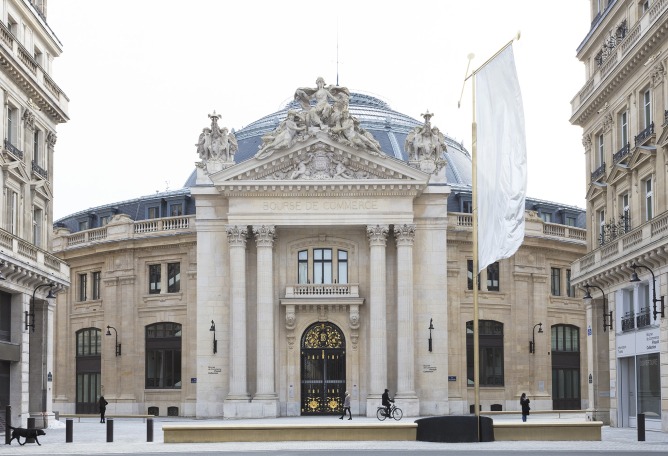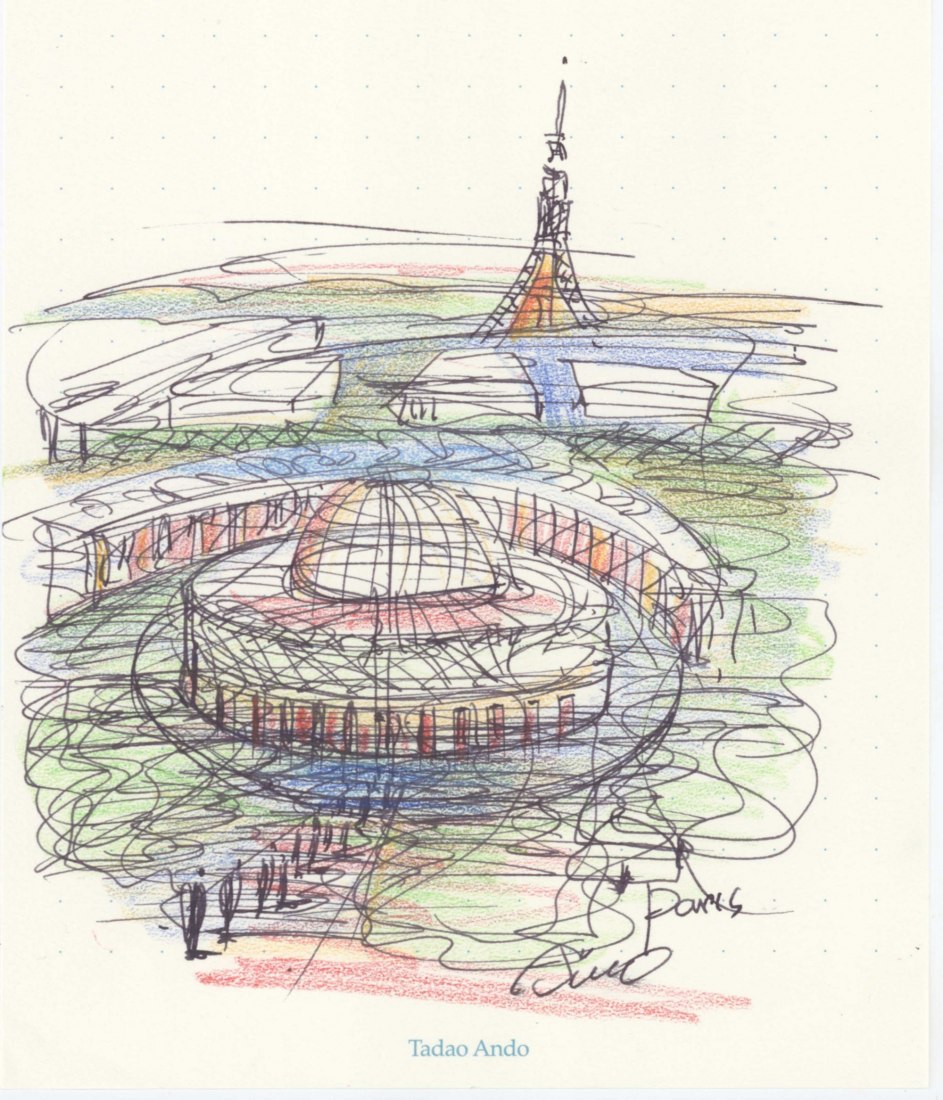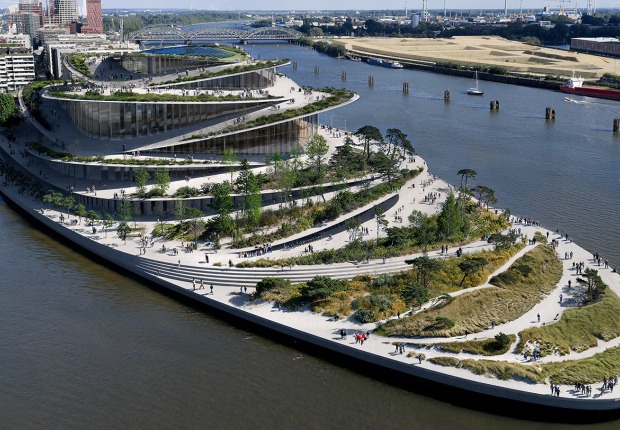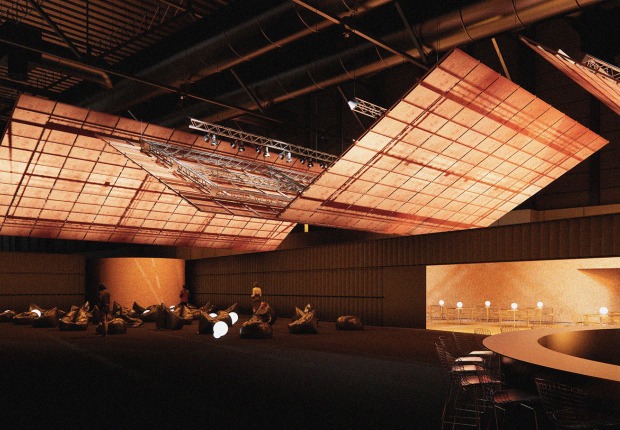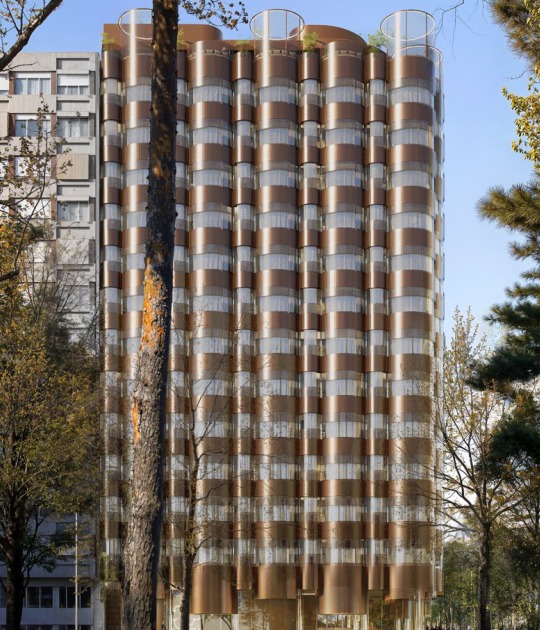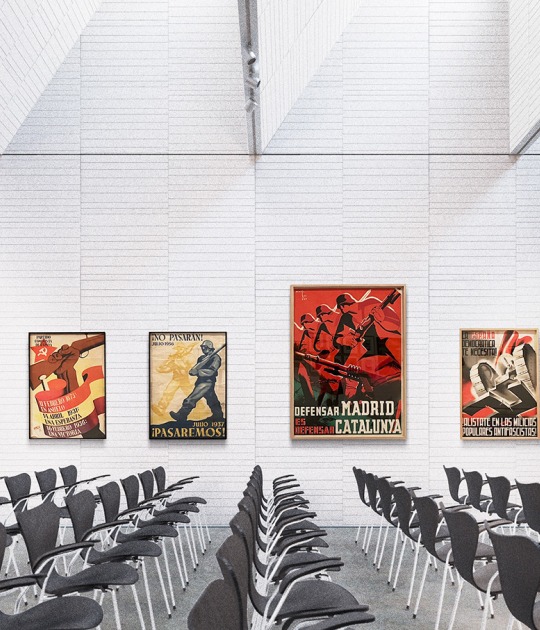To this is added, his consideration as a fundamental "guru" in the art world, because in addition to being the owner of Christie's, his personal fortune (estimated at close to 32,000 million euros), allows him a comfortable watchtower and influence, on the economic oscillations of this microcosm and influential economic market (According to some unofficial estimates, since 2000, it would have bought 9,571 works and sold, with their respective capital gains, 192).
Throughout this process, another of the important agents that is the protagonist in the inauguration is the Parisian city hall (which in 2015 provided this unique location), which will benefit doubly, thanks to 15 million euros per year for the first two years (and later with a high percentage), and incorporating a new tourist attraction to the city's heritage.
And finally, the factor without which none of the above would make sense and that should not be forgotten, are future visitors, the public. Tickets for this upcoming opening weekend with free access, sold out in just over 30 minutes.
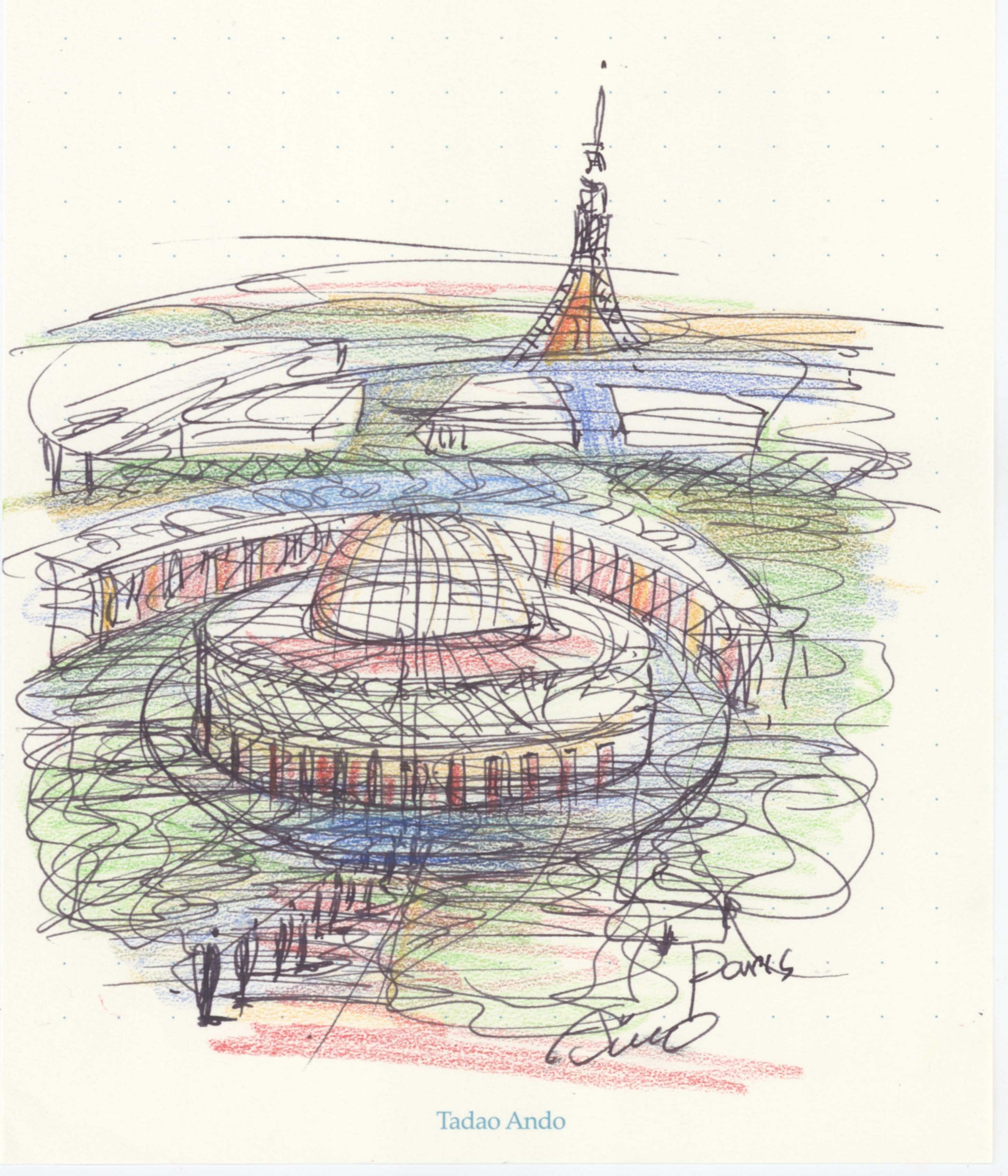
Sketch by Tadao Ando.
The space and the collection
The perfect cylinder introduced by Tadao Ando in the cylinder of the Stock Exchange dazzles the visitor, at the same time that he raises agreements and disagreements due to the radical nature of the intervention.
The central space impresses with its dome, whose friezes and murals have been restored. The intervention of the Japanese has created a passage that internally surrounds the rotunda and facilitates a visual approach to the 19th century structure (whose façade, mosaics, and carpentry have also been restored). 24 showcases have been preserved, as a souvenir of the Universal Exhibition of 1889, which are occupied by the artist Bertrand Lavier. The collector explains how he chooses his works.
The works that the visitor will be able to see from next Saturday are curated by Pinault himself, who has focused the themes on currently relevant themes such as: diversity, gender issues, race issues, in Gallery 2, where highlights the work of David Hammons, an artist little known in exhibitions and who presents 30 works, half of them never shown, not even in the United States, so the exhibition is an event in itself. Photography finds its space in Galerie 3, where works from the avant-garde of 1970 meet, with works by Martha Wilson, Cindy Shermann, Sherrie Levine.
Rudolf Stingel, collected by Pinault for more than twenty years, occupies La Galerie 4. In Galeries 5, 6 and 7 whose spaces play with architecture and its exterior (in a window the neighboring Center Pompidou is cut out) the painting is presented figurative: with examples from Marlene Dumas, Thomas Schütte, Miriam Cahn, Florian Krewer, Xinji Chen, the Brazilian Antonio Oba or the thirty-year-old Ser Serpas. The Auditorium Foyer houses everything related to sound. In this case, the musical ceramic sculptures by Tarek Atoui and an unpublished installation by Pierre Huyghe.
A gala ensemble for its inauguration that in the future will be mutating, to maintain interest and the possibility of making Pinault's huge collection visible.


